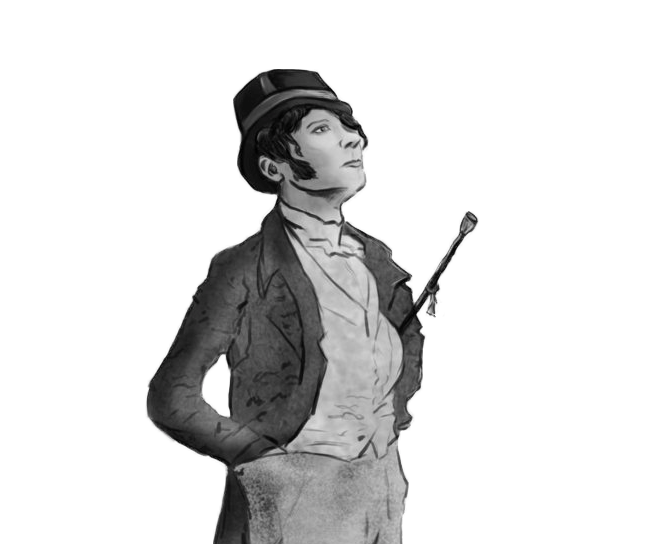
In his book The Presence of Myth, Leszek Kołakowski attempts to identify the source of the man’s need for myths.
In enumerating the three forms in which the need for myth appears on the surface of our culture, I treated them as three versions or variants of the same phenomenon. It does seem in fact that the same common motivation appears in all of them: the desire to arrest physical time by imposing upon it a mythical form of time; that is, one which allows us to see in the mutability of things not only change, but also accumulation, or allows us to believe that what is past is retained—as far as values are concerned—in what endures; that facts are not merely facts, but are building blocks of a universe of values which it is possible to salvage despite the irreversible flow of events. A belief in a purposeful order, hidden in the stream of experience, allows us to judge that in what passes there grows and is preserved something which does not pass away; that in the impermanence of events there is a growth of significance which is not directly perceived; that therefore decomposition and destruction affect only the visible layer of existence, without touching the other, which is resistant to decay. This same conquest of temporality is achieved in myths, which make possible a belief in the permanence of personal values. Here also mutability and annihilation may be regarded as the fate of the phenomenal layer of humanity; but seen from a mythical perspective, they themselves become stages in the growth of values. Similarly, belief in the continuity of changes, where apparent mutational leaps are the work of choice, is merely the necessary completion of an order, where what is past and is passing is capable of survival as far as its nonempirical normative layer is concerned and —with reference to a nontemporal order—can resist time.
Thus, even a most cursory glance shows us that in all instances we are concerned with the same problem: to avoid acceptance of a contingent world which expends itself on each occasion in its impermanent state, which is what it is now and bears no reference to anything else.
Only at this point, which we note as almost obvious, there appears the proper question regarding the sources of this desire which is supposed to reveal to us the location of the world in a nontemporal construct. For the appearance of this desire is not in itself intelligible and demands clarification in the very conditions which make culture possible.
